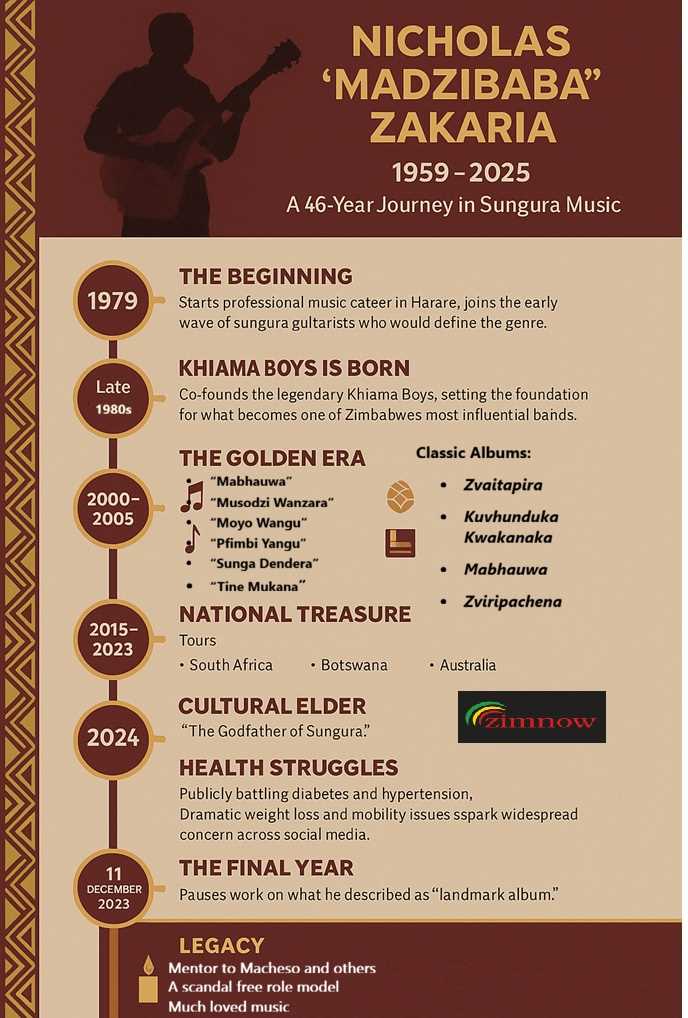
ZimNow Business Desk
Zimbabwe’s manufacturing sector has staged a remarkable comeback, overtaking traditional economic pillars to become the country’s leading contributor to GDP in 2024. According to newly released data, manufacturing accounted for 15.3% of GDP in 2024, up from a historical average of 12.4%, marking a significant 2.9 percentage point increase.
This resurgence has displaced the wholesale and retail trade sector, which long held the top spot with a historical contribution of 19.2%, but has now slid to third place at 11.9%. The shift signals a structural transformation within the economy, possibly driven by reindustrialisation efforts, local value addition, and import substitution policies.
Sector Rankings Comparison
| Sector | Historical Avg (%) | 2024 (%) | Change |
|---|---|---|---|
| Manufacturing | 12.4 | 15.3 | +2.9 |
| Wholesale and retail trade | 19.2 | 11.9 | -7.3 |
| Mining and quarrying | 12.8 | 14.5 | +1.7 |
| Agriculture, hunting, fishing & forestry | 11.2 | 9.3 | -1.9 |
| Financial and insurance activities | 7.6 | 10.8 | +3.2 |
Notably, financial and insurance activities also saw a substantial increase, rising from 7.6% historically to 10.8% in 2024, reflecting growing formalisation and access to financial services.
What’s Powering Manufacturing's Resurgence?
While official data doesn’t break down all the drivers, multiple trends point to why the sector is rising:
Related Stories
- Policy Support: Government industrial policy has strongly promoted value addition, especially in mining-linked industries, through rebates, tax holidays, and protectionist tariffs on finished imports.
- Domestic Substitution: Businesses and consumers have increasingly turned to local products in the face of forex shortages and import constraints.
- Re-tooling and Reinvestment: Private companies have taken advantage of improved macro-stability to reinvest in equipment and capacity.
FDI: The Quiet Engine Behind the Shift
A key enabler in this transformation has been a shift in foreign direct investment toward more productive sectors, particularly manufacturing and mining.
According to UNCTAD and local investment tracking sources:
- FDI into Zimbabwe increased to US $588 million in 2023, up from $250 million in 2021.
- While mining still dominates, significant manufacturing-linked investments are gaining ground, especially from Chinese investors.
One standout is the US$1 billion Tsingshan steel plant, which commenced production in June 2024. Operated by Chinese firm Dinson Iron and Steel, the plant is expected to become one of Africa’s largest carbon steel producers—serving both domestic and export markets. It is not only boosting manufacturing output but also creating demand across upstream and downstream industries like transport, packaging, and logistics.
Lithium processing facilities by Chinese firms such as Zhejiang Huayou and Sinomine are also integrating mining with domestic value addition, contributing to both mining and manufacturing growth.
These investments are now directly reflected in GDP shifts, with manufacturing overtaking even mining in percentage contribution.
The rise of manufacturing implies diversification of the country’s economy away from dependence on raw commodity exports and foster more jobs, skills transfer, and economic resilience.

















Leave Comments